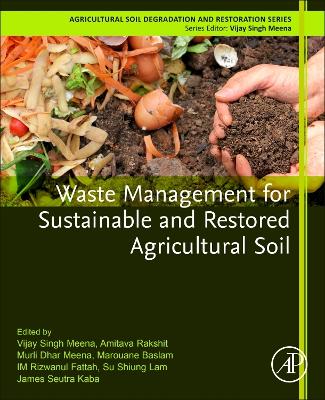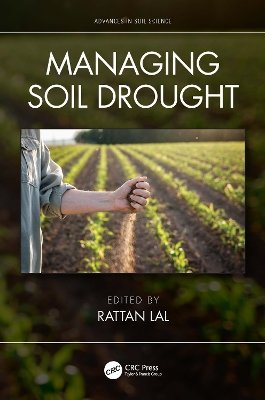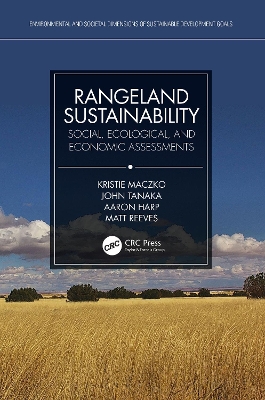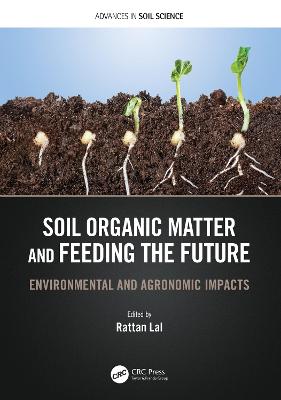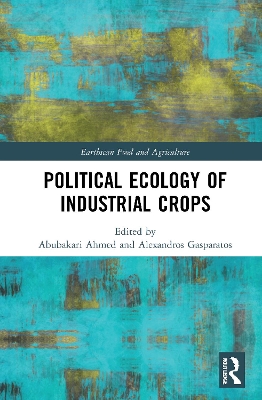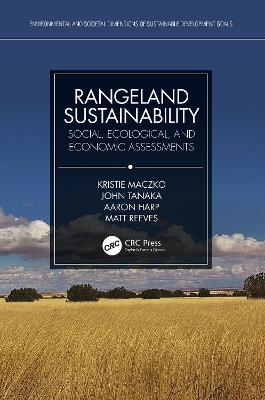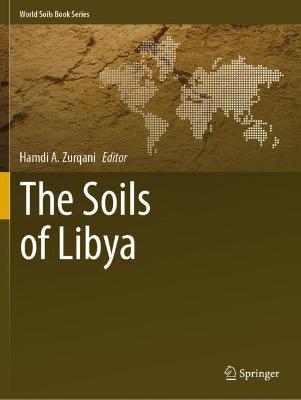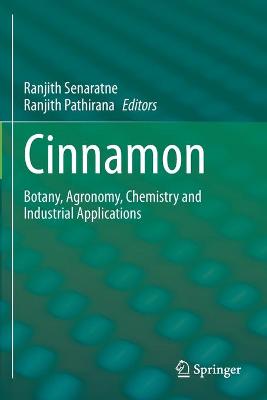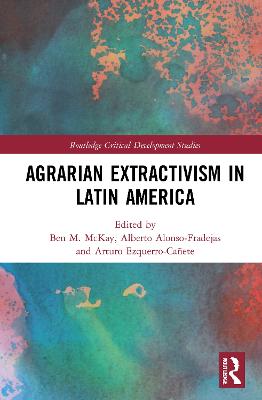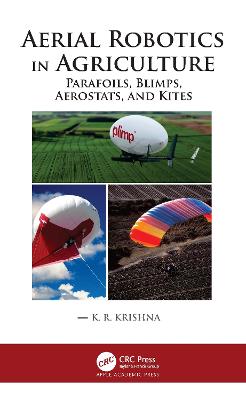Bioremediation of Emerging Contaminants from Soils
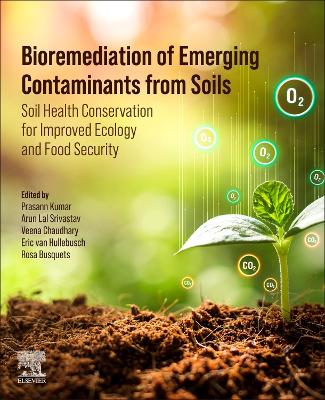 portes grátis
portes grátis
Bioremediation of Emerging Contaminants from Soils
Soil Health Conservation for Improved Ecology and Food Security
Chaudhary, Veena; Busquets, Rosa; van Hullebusch, Eric D.; Srivastav, Arun Lal; Kumar, Prasann
Elsevier - Health Sciences Division
05/2024
724
Mole
Inglês
9780443139932
Pré-lançamento - envio 15 a 20 dias após a sua edição


